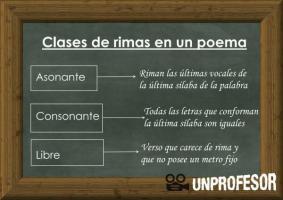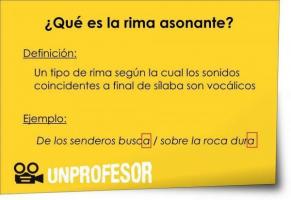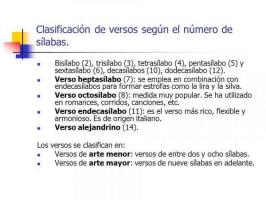The main ELEMENTS of the literary STORY
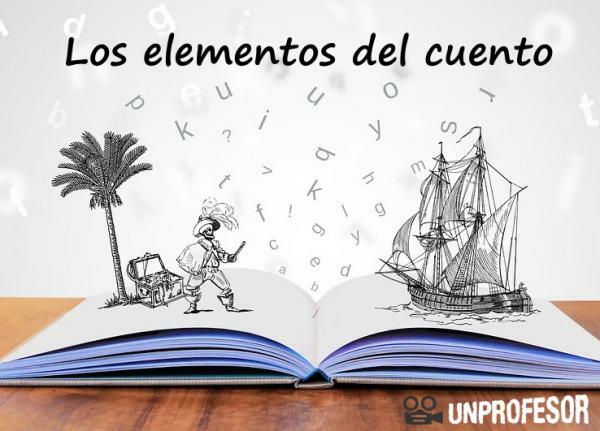
Whether you want to write a story or if you want to learn to analyze it correctly, it is essential that you know what are the elements of the story that make a story interesting, have a rhythm and be considered a literary piece. A story is a short fiction narration characterized by having more limited characters and a plot more focused on one or two actions. In this lesson from a TEACHER we will analyze one by one all the elements of the story so that you can learn more about how these literary texts are created and how they can be analyzed in a complete. We started!
Index
- The main elements of the story
- Action, one of the elements of the story
- The characters of the story
- The narrator, another important story element
- The setting of the literary tale
- The ending: one of the most important elements of the story
The main elements of the story.
Before entering fully into knowing the main elements of the story, it is important that we are clear about the
differences between short story and novel. Broadly speaking, we must emphasize that the story is a shorter narrative than the novel and that, due to its length, has more condensed and concrete elements: the characters, for example, have a smaller number than the novel, the action is also usually one and not have subplots as it usually happens with the novel. Time and space are also usually more concise so that the rhythm and the force of the message are not lost.To better understand what the characteristics of the cuentor, it is important that we focus on your elements. And, therefore, here is a summary with all of them that, later, we will analyze one by one:
- Story actions: that is to say, the plot, the central theme on which the plot of the story revolves. There are many themes in stories but, normally, all of them have a critical, reflective, didactic purpose, etc. The stories usually have a communicative intention on the part of the author.
- Story characters: they are in charge of starring in the story. They usually appear in less quantity than in the novel since the length and nature of the story requires it. These characters are usually archetypes of society and serve so that the author can express his idea or message.
- Storyteller: exist different types of storytellers in fiction texts and, depending on which one is chosen, the story has one essence or another. For example, if we are dealing with a first-person narrator, the story that we will read is the subjective vision of the protagonist who tells us about his own experience; On the other hand, if it is omniscient, we find another more objective voice that explains what it sees from the outside.
- Environment or context: it is also one of the most important elements of the story. Here we would include topics such as time, space, social or political context, etc. It helps us to place the story and to better understand the evolution of the plot and the characters.
- Outcome: it is essential to take care of the outcome of a story so that the message arrives effectively and so that it is surprising and eye-catching. Having unexpected twists in the plot is essential for the content of the story to reach the recipient of the text well.
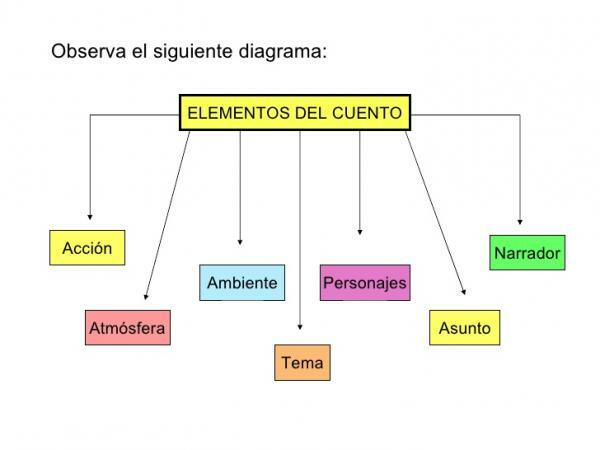
Image: The story and its characteristics
The action, one of the elements of the story.
We begin by analyzing one of the main elements of the story: the action or actions that take place during the plot. As we have already commented above, in a story the action is usually simpler than in a novel; that is, it usually appears a central action which is what the whole story revolves around and overly elaborate subplots or entanglements are usually avoided. As works of shorter length, what the author seeks is a greater effect and a more powerful message, Therefore, the main action is worked on in a deep way and it is prevented from coexisting with other actions high schools.
In order to explain the plot well, it is essential that the author has well-defined parts. The parts of the story they have the presentation, the middle and the denouement. These parts are the classic ones and those that, in general, narrations of this type should have. There may be some poetic licenses but, almost always, the stories comply with this structure:
- Approach or start: the characters and the initial situation of the story are presented, the "normality" from which the plot starts and which will be altered by the action that is narrated
- Knot: it is the main action that takes place in the plot, the event that makes that initial "normality" breaks and that the characters have to adapt and make decisions about it to face this new situation
- Outcome: it is the way that the characters will finally have to be able to solve the "problems" or the situations in which they have been involved. The return to a more normalized state is what is sought with this outcome.
This structure can be changed order and, for example, the author can start directly with the ending or with the knot and, later, go on telling how everything was before the catharsis. Depending on the intention and the poetic style of each author, these elements of the story can be modified and adapted to each case.
If the beginning of the story begins towards the middle of the story, we say that we are before a beginning "in media res" and, in In these cases, the narrator must place the reader in the past so that he understands what has caused the situation in which we we find. These jumps in time are very common in stories as they give more dynamism and rhythm to the work.
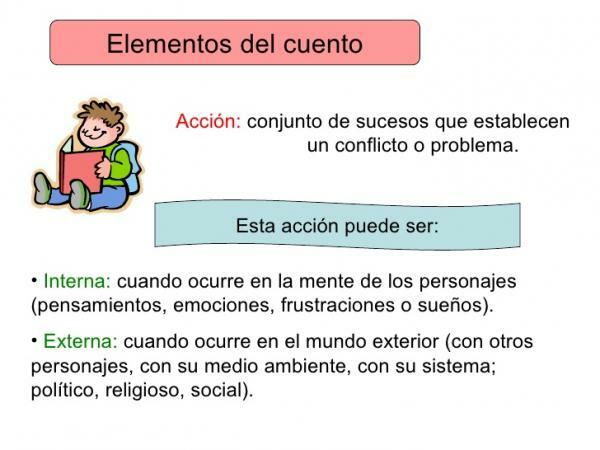
Image: Slideshare
The characters of the story.
The characters are also another of the most important elements of the story, in fact, they are the agents that promote the plot of the story and those who star in the main action. The characters can be both people and animals or inanimate beings, this will depend on the style and preferences of the author.
The vast majority of the time, the story has a protagonist which is the most outstanding in history and, later, a antagonist that it can be a character or, also, an external situation that is contrary to the wishes of the protagonist and that, therefore, generates the knot and the problems that move the plot.
The psychology of the characters in a story is less elaborate than in the case of the novel and is that, in stories, the characters are usually archetypes, that is, models of people that exist in society and that are "used" to explain an idea or give an example with their actions. Although they do have a defined personality, this is less detailed than in the case of the novel, a genre that requires more elaborate work on a psychological level.
The typical characters of a story are:
- Protagonist: he is the main character on whom the plot revolves and that he stars in the action that is related in the story. This character usually undergoes an evolution during the narration, that is, there is a change in him at the beginning and at the end of the story because the knot has affected him in a certain way.
- Antagonist: this can be a physical character, that is to say a person or thing, or also something more metaphorical and transcendental such as, for example, the social context or the political situation of the protagonist. It is the element that makes our main character live a catharsis during the story and undergo some change.
- Secondary characters: much less abundant than in novels but also present in stories. They are those characters that accompany the main character and that serve as support or complement to learn about other parts of the story or more details of the protagonist's personality.
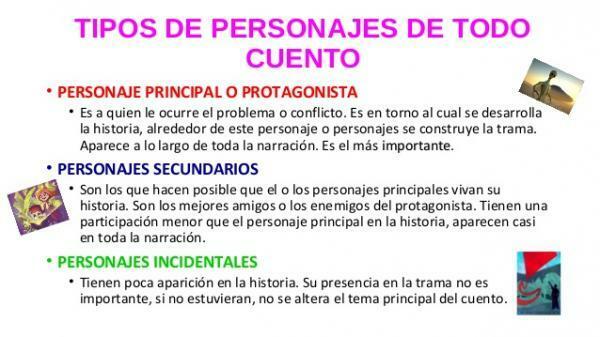
The narrator, another important story element.
We have already commented that the narrator is also a very prominent element of the story since he is the voice that tells us the story. Depending on the type of story that an author wants to write, we can find different narrative voices that are in charge of telling us the story. It's very important do not confuse the narrator with the author of the work since the narrator is one more element of the story and the author is the artist who writes the story.
Here we make a brief summary of the types of narrators that exist in fictional narrative:
- Omniscient narrator: is the narrator in 3rd person. He describes what he sees objectively but also knows how the characters feel and think. It would be a kind of "narrative God" who knows everything about his characters
- In first person: is the type of narrator that matches the voice of the protagonist. Therefore, we find a voice in the first person and, therefore, a version of events that is explained subjectively and from the perspective of the main character.
- Witness narrator: he is a narrator who has witnessed the story and who, many times, coincides with a secondary character in the plot. It is about a narrator who is also expressed in the first person and who offers us a subjective and own version of reality.
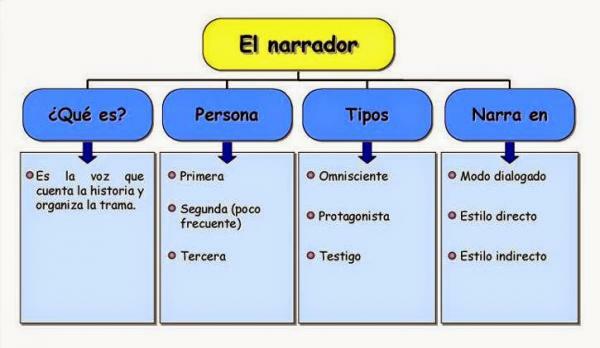
Image: Studying Spanish
The setting of the literary tale.
The setting of the narrative is another of the most important elements of the story. Why? Because they help the reader to better position the story both in space and time. This does not mean that it has to be contextualized in a real setting, but rather that it simply explains to the reader where it is. happening the plot: it may happen in some Spanish city of the twentieth century or that it happens on a planet of another solar system in the century XXX. As you can see, the veracity of the setting does not matter but it is explained so that the reader knows where the characters are.
In this sense, the genre of the story has a lot to do with it with the setting and, for example, if we want to write a scary story, the most common thing is that we set the story in an abandoned house, in a forest, in a dark place, etcetera; On the other hand, if we want to explain a fantasy story, it is most likely that we are located in a meadow, in a forest, in a palace, and so on.
The setting of the story is essential for the reader understand the evolution of history, as well as the changes that the character may experience. It is a key element to be able to create a good story and a unique essence for each type of narration that you want to tell.
The ending: one of the most important elements of the story.
And we finish this lesson on the most important elements of the story to talk, now, about a key aspect in this type of short story: outcome. The way in which the knot of the plot is solved is very important so that the final result of the story is satisfactory for the reader. You should know that in stories and in narrative in general there are open endings, that is, an ending that is not a conclusive ending and that gives the reader the option to create their own ending to the story.
However, the most common is that there is a closed end, a clasp that concludes with everything that had been left open during the narration of the events and where the character experiences a change. For an ending to be good, it is important to talk about the character's final situation and, also, to close any loose ends. Only in this way will it be possible for the reader to satisfy his expectations and to be able to assess the work in a coherent and complete way.
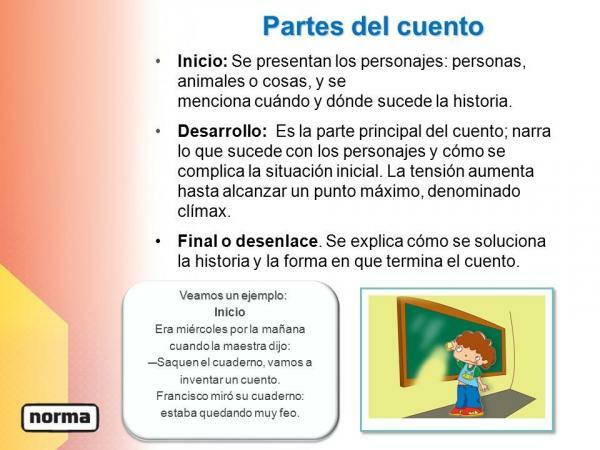
Image: Slideplayer
If you want to read more articles similar to What are the elements of the story, we recommend that you enter our category of Literary concepts.
Bibliography
- Cortázar, J. (1971). Some aspects of the story.
- Gónzalez Gil, M. (1986). The story. Its possibilities in didactics of Literature. Channel, 9, 195-208.
- Zavala, L. (2006). A model for the study of the story. House of time, 90, 26-31.

